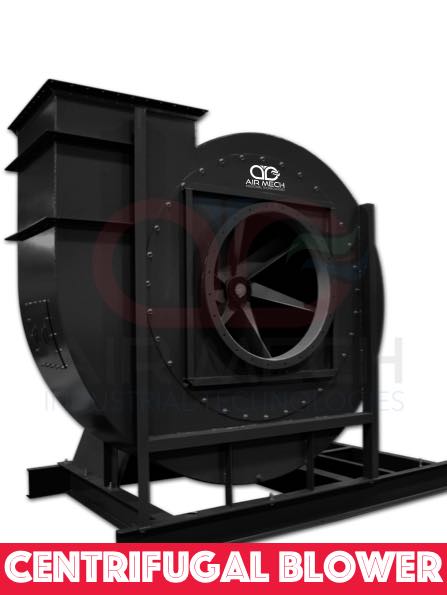What are Sanding and Buffing Dust?
Sanding and buffing dust refers to the fine particulate matter generated during sanding and buffing processes, typically in woodworking, metalworking, automotive refinishing, and other industries. When materials such as wood, metal, or automotive finishes are sanded or buffed, the friction between the abrasive surface and the workpiece creates dust composed of tiny particles of the material being worked on, as well as any coatings, finishes, or contaminants present on the surface.
This dust can vary in composition depending on the material being processed and may contain wood dust, metal particles, paint or coating residues, fiberglass, plastic, or other materials. Sanding and buffing dust can be airborne and settle on surfaces throughout the workspace, posing various health and safety risks to workers if not properly controlled.
Exposure to sanding and buffing dust can lead to respiratory irritation, allergic reactions, and other health problems. Inhaling fine dust particles can irritate the respiratory tract and lungs, causing symptoms such as coughing, wheezing, chest tightness, and shortness of breath. Prolonged or repeated exposure to certain types of dust, such as wood dust or metal particles, can also increase the risk of developing respiratory conditions such as asthma, bronchitis, or chronic obstructive pulmonary disease (COPD).
Additionally, sanding and buffing dust can create combustible dust hazards, especially when fine particles accumulate in confined spaces or near ignition sources. Combustible dust poses a fire and explosion risk, particularly in environments where flammable materials are present, such as woodworking shops, metal fabrication facilities, and automotive repair shops.
To minimize the health and safety risks associated with sanding and buffing dust, employers should implement effective dust control measures, such as local exhaust ventilation systems, dust collection systems, wet methods, and personal protective equipment (PPE) such as respirators. Proper housekeeping practices, including regular cleaning and maintenance of equipment and work areas, can also help reduce the accumulation of dust and mitigate potential hazards. Additionally, employee training and awareness programs are essential to ensure that workers understand the risks associated with sanding and buffing dust exposure and know how to protect themselves effectively.
Health Risk of Sanding and Buffing Dust?
Health risks associated with exposure to sanding and buffing dust can vary depending on the composition of the dust and the specific materials being worked on. However, some common health hazards associated with sanding and buffing dust exposure include:
Respiratory Irritation: Inhaling airborne dust particles generated during sanding and buffing processes can irritate the respiratory tract, leading to symptoms such as coughing, sneezing, throat irritation, and nasal congestion.
Allergic Reactions: Certain types of dust, such as wood dust or metal particles, may contain allergens that can trigger allergic reactions in sensitive individuals. Symptoms may include skin rashes, itching, redness, and allergic rhinitis (hay fever).
Respiratory Conditions: Prolonged or repeated exposure to sanding and buffing dusts, particularly wood dust or metal particles, can increase the risk of developing respiratory conditions such as asthma, bronchitis, or chronic obstructive pulmonary disease (COPD).
Occupational Asthma: Some individuals may develop occupational asthma as a result of exposure to dust particles in the workplace. Occupational asthma is a type of asthma triggered by exposure to specific substances or allergens present in the work environment, including dust from sanding and buffing processes.
Dermatitis: Contact with abrasive dust particles or chemicals commonly used in sanding and buffing materials can cause skin irritation and dermatitis, characterized by redness, itching, swelling, and rash formation.
Eye Irritation: Dust particles generated during sanding and buffing operations can irritate the eyes, leading to symptoms such as redness, watering, itching, and discomfort. In severe cases, exposure to dust may cause corneal abrasions or conjunctivitis (pink eye).
Combustible Dust Hazards: Fine dust particles generated during sanding and buffing processes can accumulate in the air and on surfaces, posing a combustible dust hazard. In environments where flammable materials are present, such as woodworking shops or metal fabrication facilities, the accumulation of combustible dust can increase the risk of fires and explosions.
Actions for safety from Welding and soldering fumes?
To minimize the health risks associated with sanding and buffing dust exposure, employers should implement effective dust control measures, provide appropriate personal protective equipment (PPE) such as respirators, gloves, and safety goggles, and ensure adequate ventilation in work areas. Regular monitoring of dust levels and employee training on proper handling and control measures are also essential to protect workers’ health and safety. Additionally, utilizing a dust collector for buffing machine or polishing buffing machine can help mitigate the spread of dust particles and improve air quality in the workplace, reducing the risk of respiratory issues and other health hazards associated with dust exposure.




